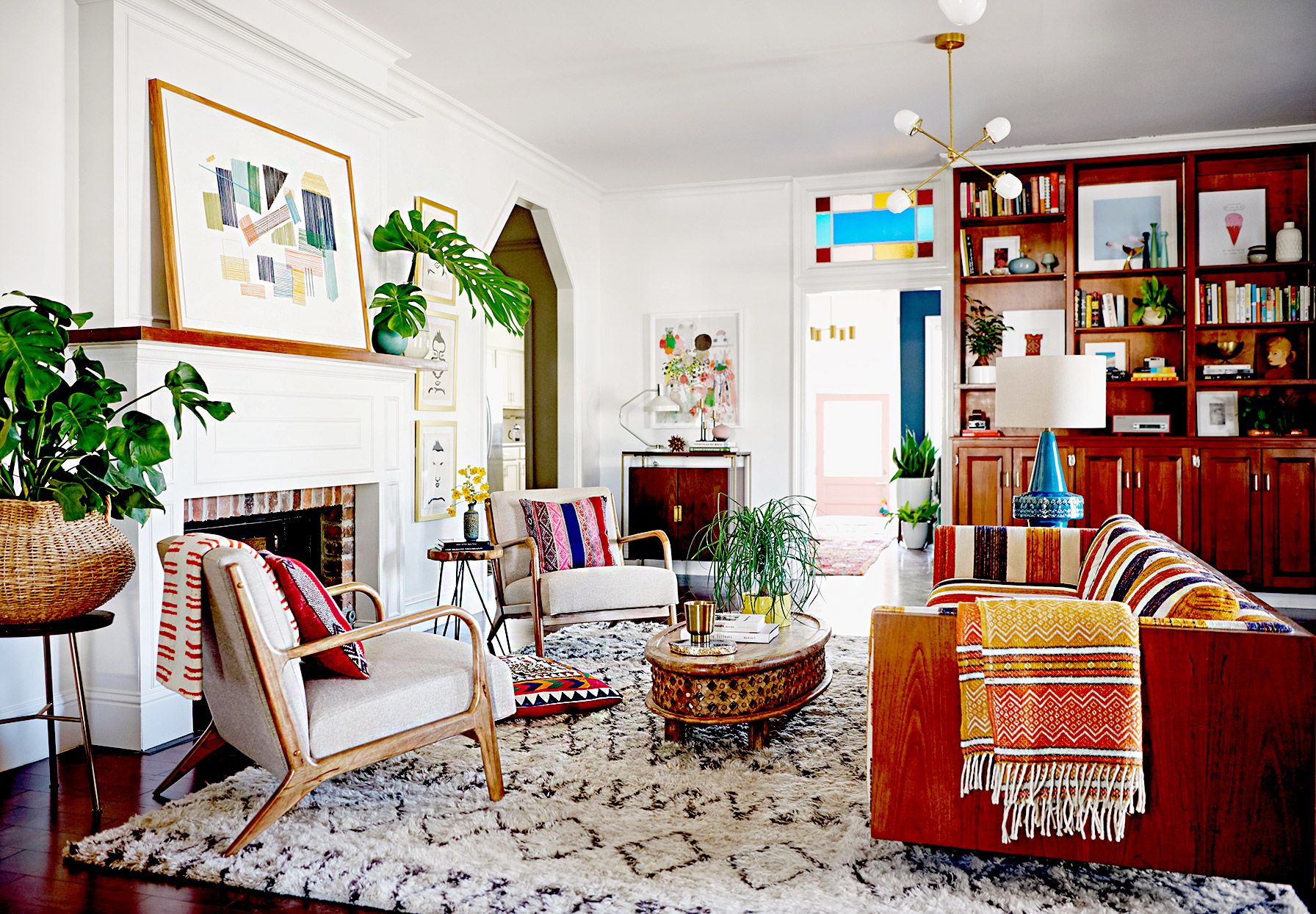Table of Contents
Introduction
In a world where bigger often equates to better, there’s a charming trend that is capturing hearts and redefining the meaning of home. The little house movement, also known as the tiny house movement, has been gaining popularity as an alternative way of living that embraces simplicity, minimalism, and a cozy lifestyle. In this blog post, we will explore the concept of the little house and discover why it has become a symbol of cozy living at its best.
Embracing Simplicity
The little house movement advocates for downsizing and simplifying our lives. These tiny homes, typically ranging from 100 to 400 square feet, encourage us to let go of unnecessary belongings and focus on the essentials. By embracing simplicity, we can eliminate clutter and create a space that feels open, organized, and peaceful. The idea of living with fewer material possessions allows us to prioritize experiences and relationships over material wealth, leading to a more fulfilled and meaningful life.
Intimate and Functional Spaces
Despite their small size, little houses are designed to maximize functionality and efficiency. Every square inch is carefully considered, and clever space-saving solutions are implemented to ensure that the space serves multiple purposes. From lofted sleeping areas to foldable furniture, little houses make the most of their limited square footage. The result is a cozy and intimate living environment that encourages resourcefulness and creativity. There’s something magical about a space that can adapt to your needs while maintaining a warm and inviting atmosphere.
Connection with Nature
Many little houses are built with a focus on sustainability and eco-friendliness. With a smaller ecological footprint, these homes often utilize solar panels, composting toilets, rainwater harvesting systems, and other environmentally friendly features. Additionally, their size allows them to be nestled in beautiful natural settings, providing the opportunity to live closer to nature. Imagine waking up to breathtaking views, stepping outside to your own tiny garden, or enjoying a cup of tea on a porch surrounded by trees. The little house lifestyle encourages a deeper connection with the natural world and a more sustainable way of living.
Financial Freedom
One of the significant advantages of the little house movement is the financial freedom it offers. With lower construction and maintenance costs, as well as reduced energy consumption, tiny houses can be a more affordable housing option compared to traditional homes. The smaller mortgage or rental expenses can free up resources for other endeavors, such as pursuing passions, traveling, or saving for the future. This financial liberation allows individuals and families to prioritize experiences and personal growth over material possessions, contributing to a sense of fulfillment and well-being.
Conclusion
The Little House movement exemplifies the essence of cozy living at its best. It challenges societal norms, inspires creativity, and offers a unique perspective on what it means to truly feel at home. By embracing simplicity, functionality, sustainability, and financial freedom, the little house lifestyle encourages us to prioritize what truly matters in life. Whether it’s a permanent dwelling or a temporary retreat, a little house has the power to create a cozy haven that nurtures our well-being and allows us to live life to the fullest. So, why not embrace the charm and warmth of a little house and discover the joy of cozy living?
